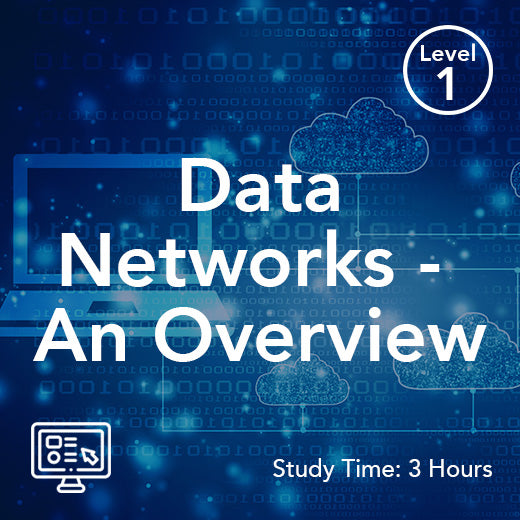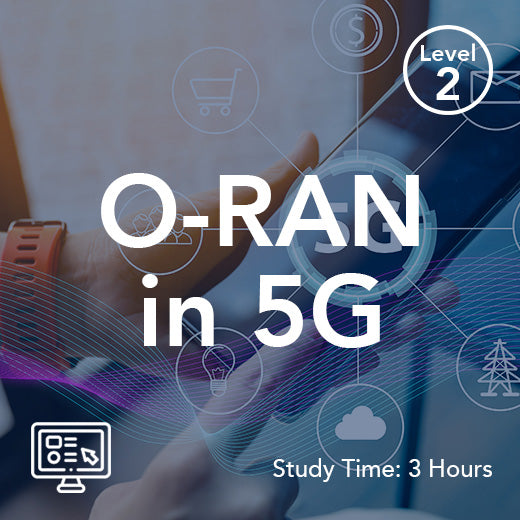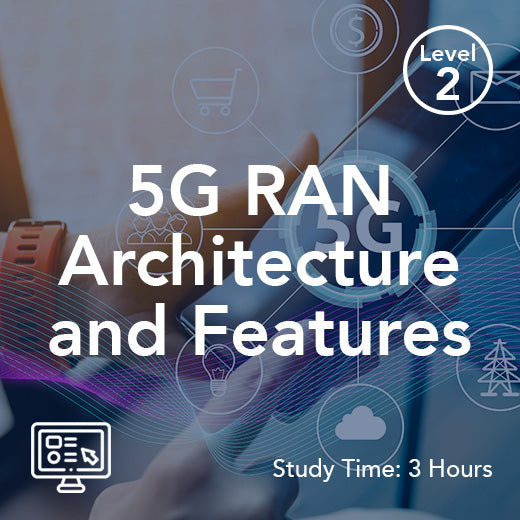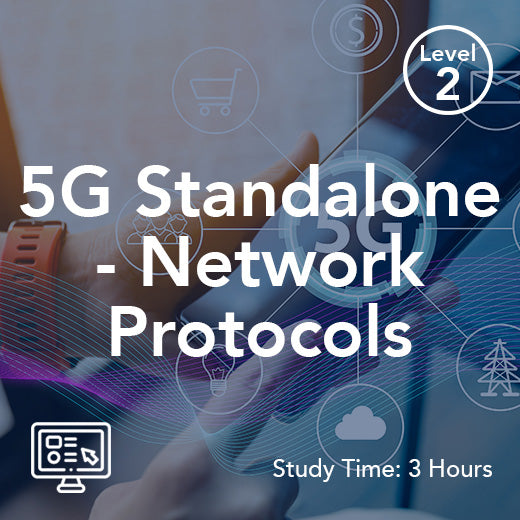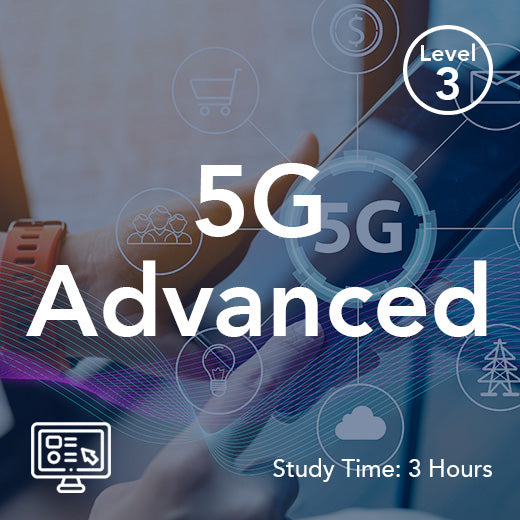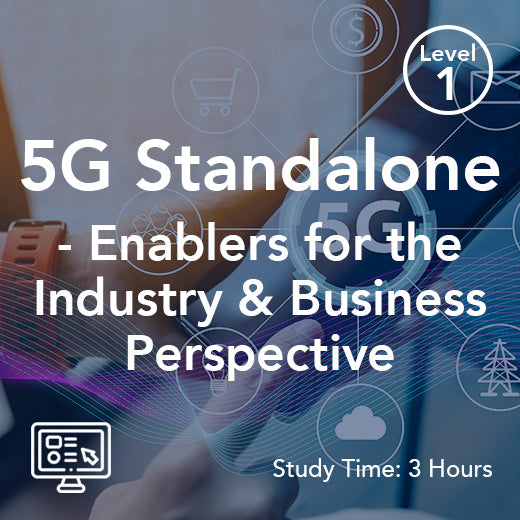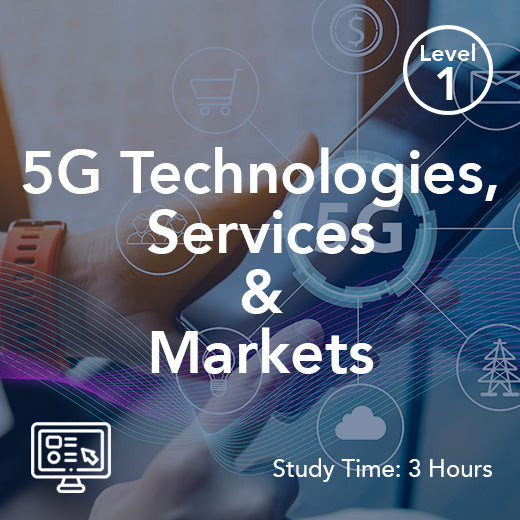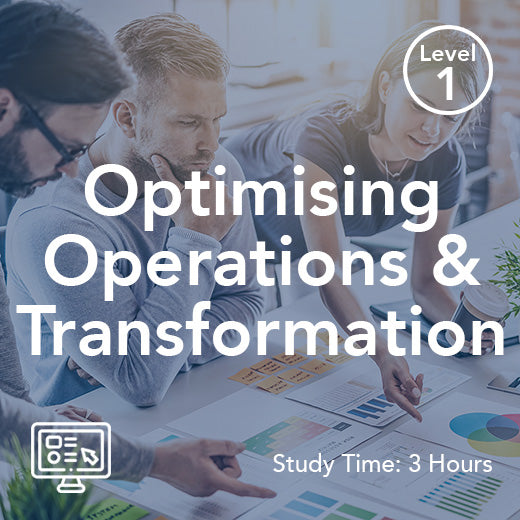Fat Client
- , by Stephanie Burrell
- 2 min reading time
A fat client, in the realm of telecommunications, represents a robust and substantial piece of software that operates on a user's device, such as a computer or smartphone, and performs a significant portion of the processing tasks locally rather than relying heavily on server-side computing. This approach contrasts with a thin client, which delegates most of the processing workload to the server.
The concept of fat clients has been a fundamental aspect of the evolution of telecommunications technology, particularly in the context of internet applications and services. In the early days of the internet, thin clients dominated the landscape due to the limited processing power and storage capacity of user devices. However, as technology advanced and devices became more powerful, the pendulum swung towards fat clients, enabling richer and more interactive user experiences.
One of the key advantages of fat clients is their ability to operate independently of a constant internet connection. By performing a substantial amount of processing locally, fat clients can continue to function even when connectivity is intermittent or unavailable. This resilience is particularly valuable in scenarios where users may be in remote locations or have limited access to high-speed internet.
Furthermore, fat clients offer enhanced performance and responsiveness compared to thin clients. By leveraging the processing power of the user's device, fat clients can deliver faster load times, smoother animations, and more seamless interactions. This improved user experience is crucial in today's digital age, where consumers expect applications to be fast, intuitive, and engaging.
From a security perspective, fat clients also have certain advantages. By keeping sensitive data and processing tasks on the user's device, fat clients can reduce the risk of data breaches and unauthorized access. This is especially important in industries where data privacy and security are paramount, such as finance, healthcare, and government.
However, fat clients are not without their challenges. One of the main drawbacks is the increased complexity of managing and updating software across a large number of client devices. Ensuring that all users have the latest version of the software can be a logistical challenge, especially in environments with diverse hardware and operating systems.
Additionally, fat clients can consume more resources on the user's device, potentially impacting performance and battery life. Developers must strike a balance between delivering a rich user experience and ensuring that the software is efficient and optimized for the target platform.
In conclusion, the concept of fat clients plays a crucial role in the telecommunications industry, enabling developers to create powerful, responsive, and feature-rich applications that enhance the user experience. By leveraging the processing power of user devices, fat clients offer numerous benefits, including offline functionality, improved performance, and enhanced security. However, developers must carefully consider the trade-offs and challenges associated with fat clients to deliver a successful and sustainable product in today's competitive market.

